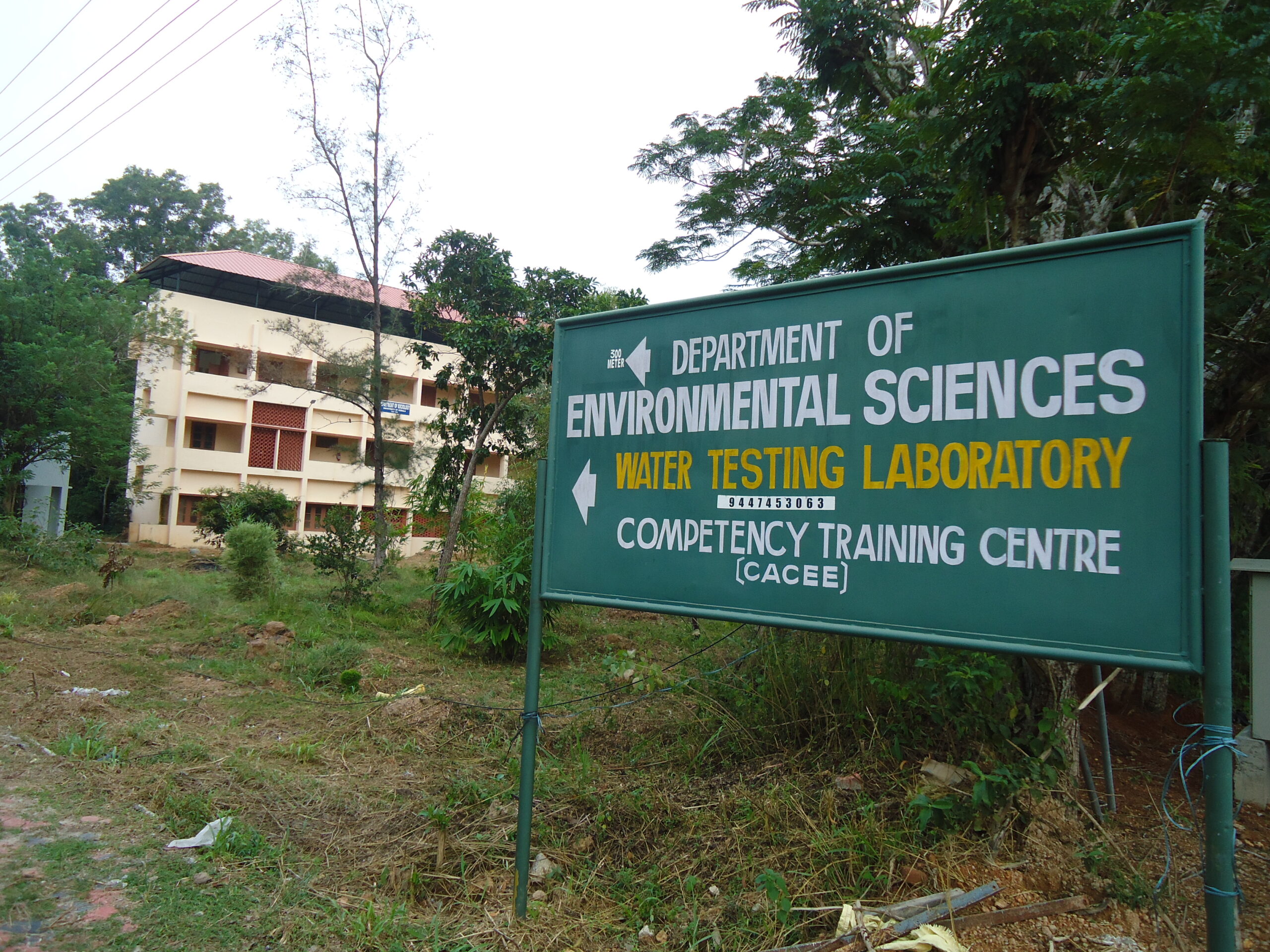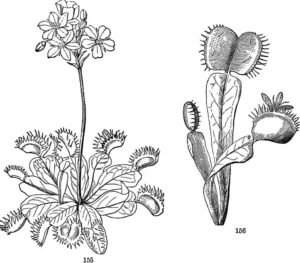- Q: What is biodiversity? A: Biodiversity refers to the variety and variability of life on Earth, including ecosystems, species, and genetic diversity.
- Q: Define an ecosystem. A: An ecosystem is a community of living organisms interacting with each other and their physical environment.
- Q: What are the three main types of biodiversity? A: The three main types of biodiversity are genetic diversity, species diversity, and ecosystem diversity.
- Q: What is genetic diversity? A: Genetic diversity refers to the variety of genes within a species or population.
- Q: Explain species diversity. A: Species diversity refers to the variety and abundance of different species in a given area.
- Q: Define ecosystem diversity. A: Ecosystem diversity refers to the variety of ecosystems present in a region or on Earth.
- Q: What are the major threats to biodiversity? A: Major threats to biodiversity include habitat destruction, pollution, overexploitation, invasive species, and climate change.
- Q: Define habitat destruction. A: Habitat destruction refers to the process by which natural habitats are damaged, degraded, or destroyed, often due to human activities such as deforestation or urbanization.
- Q: What is pollution? A: Pollution is the introduction of harmful substances or contaminants into the environment, which can have detrimental effects on ecosystems and biodiversity.
- Q: What is overexploitation? A: Overexploitation occurs when natural resources are harvested or used at a rate that exceeds their ability to regenerate, leading to depletion and loss of biodiversity.
- Q: Define invasive species. A: Invasive species are non-native organisms that are introduced into a new environment and can cause harm to native species and ecosystems.
- Q: Explain climate change. A: Climate change refers to long-term changes in the Earth’s climate patterns, often attributed to human activities such as burning fossil fuels, which release greenhouse gases into the atmosphere.
- Q: What are the benefits of biodiversity? A: Biodiversity provides ecosystem services such as clean air and water, soil fertility, pollination, and climate regulation, which are essential for human well-being.
- Q: Define conservation biology. A: Conservation biology is the scientific study of the Earth’s biodiversity with the aim of protecting species, habitats, and ecosystems from extinction and degradation.
- Q: What is a keystone species? A: A keystone species is a species that has a disproportionately large impact on its ecosystem relative to its abundance, often playing a critical role in maintaining biodiversity.
- Q: Explain the concept of extinction. A: Extinction occurs when a species permanently disappears from the Earth, typically due to environmental changes, natural disasters, or human activities.
- Q: What is the International Union for Conservation of Nature (IUCN)? A: The International Union for Conservation of Nature is an international organization that assesses the conservation status of species and ecosystems and publishes the IUCN Red List of Threatened Species.
- Q: Define biodiversity hotspot. A: A biodiversity hotspot is a region with a high level of biodiversity and a significant number of endemic species that is under threat from human activities.
- Q: Explain the concept of sustainable development. A: Sustainable development is development that meets the needs of the present without compromising the ability of future generations to meet their own needs, balancing economic, social, and environmental considerations.
- Q: What is ecosystem services? A: Ecosystem services are the benefits that humans derive from ecosystems, including provisioning services (such as food and water), regulating services (such as climate regulation), cultural services (such as recreation and tourism), and supporting services (such as nutrient cycling).
- Q: Define reforestation. A: Reforestation is the process of replanting trees in areas where forests have been cut down or degraded, with the aim of restoring forest ecosystems and biodiversity.
- Q: What is genetic engineering? A: Genetic engineering is the manipulation of an organism’s genes using biotechnology techniques to produce desired traits or characteristics.
- Q: Define bioremediation. A: Bioremediation is the use of living organisms, such as bacteria or plants, to remove or neutralize pollutants from a contaminated environment.
- Q: What is ecotourism? A: Ecotourism is tourism that is focused on visiting natural areas while minimizing negative impacts on the environment and supporting conservation efforts and local communities.
- Q: Explain the concept of ecological footprint. A: Ecological footprint is a measure of human impact on the Earth’s ecosystems, representing the amount of biologically productive land and water required to sustainably support a given population or activity.
- Q: What is the precautionary principle? A: The precautionary principle is the idea that in the face of scientific uncertainty or potential risks to the environment or human health, preventive measures should be taken to avoid harm.
- Q: Define biodiversity conservation. A: Biodiversity conservation refers to the management and protection of biodiversity to prevent species extinction and ecosystem degradation.
- Q: What is the Convention on Biological Diversity (CBD)? A: The Convention on Biological Diversity is an international treaty aimed at conserving biodiversity, promoting sustainable use of biological resources, and ensuring the fair and equitable sharing of benefits derived from genetic resources.
- Q: Explain the concept of habitat fragmentation. A: Habitat fragmentation occurs when large, continuous habitats are divided into smaller, isolated patches, often due to human activities such as land development or infrastructure projects.
- Q: What is the role of corridors in biodiversity conservation? A: Corridors are strips of habitat that connect fragmented habitats, allowing for the movement of species between isolated patches and helping to maintain genetic diversity and population viability.
- Q: Define biodiversity monitoring. A: Biodiversity monitoring involves the systematic collection and analysis of data on species populations, habitats, and ecosystem health to assess changes over time and inform conservation efforts.
- Q: What is a biosphere reserve? A: A biosphere reserve is a protected area that conserves biodiversity and promotes sustainable development through a combination of conservation, research, and education activities.
- Q: Explain the concept of biophilia. A: Biophilia is the innate human tendency to seek connections with nature and other living organisms, often manifested through a love of plants, animals, and natural environments.
- Q: What is genetic drift? A: Genetic drift is the random fluctuation of gene frequencies in a population over time, often leading to changes in genetic diversity and the loss of alleles.
- Q: Define ecosystem restoration. A: Ecosystem restoration is the process of repairing or restoring degraded or damaged ecosystems to improve their ecological functionality and biodiversity.
- Q: What is a biodiversity action plan? A: A biodiversity action plan is a comprehensive strategy for conserving and managing biodiversity, typically developed at the national or regional level and involving government agencies, NGOs, and other stakeholders.
- Q: Explain the concept of community ecology. A: Community ecology is the study of the interactions between species within ecological communities and how these interactions influence species diversity, abundance, and distribution.
- Q: What is phenotypic plasticity? A: Phenotypic plasticity is the ability of a single genotype to produce different phenotypes in response to environmental cues or conditions, allowing organisms to adapt to changing environments.
- Q: Define biological magnification. A: Biological magnification, also known as biomagnification, is the process by which concentrations of toxic substances increase in organisms at higher trophic levels of a food chain or web.
- Q: What is a trophic cascade? A: A trophic cascade is a series of indirect effects that occur when changes in the abundance or behavior of one species in an ecosystem result in changes to other species at different trophic levels.
- Q: Explain the concept of coevolution. A: Coevolution is the reciprocal evolutionary change that occurs between two or more interacting species, often as a result of natural selection and adaptation to each other’s presence.
- Q: Define ecological succession. A: Ecological succession is the process by which a community of organisms gradually changes over time in response to changes in the environment, leading to the replacement of one community by another.
- Q: What is ecophysiography? A: Ecophysiography is the study of the relationship between physical geography, climate, and vegetation patterns in ecosystems, often used to map and classify ecological regions.
- Q: Define biogeography. A: Biogeography is the study of the distribution of species and ecosystems across geographic space and over geological time scales, influenced by factors such as historical events, climate, and habitat suitability.
- Q: What is an ecological niche? A: An ecological niche is the role or function of a species within its ecosystem, including its interactions with other species and its use of resources.
- Q: Explain the concept of carrying capacity. A: Carrying capacity is the maximum population size that a given environment can sustainably support, determined by factors such as resource availability, habitat quality, and environmental conditions.
- Q: Define landscape ecology. A: Landscape ecology is the study of the spatial patterns and processes in ecological systems across multiple scales, including the influence of human activities on landscapes and biodiversity.
- Q: What is a conservation easement? A: A conservation easement is a legal agreement between a landowner and a conservation organization or government agency that restricts the development or use of land to protect its ecological, scenic, or cultural values.
- Q: Define ecotone. A: An ecotone is a transitional zone between two or more distinct ecosystems, characterized by a mixture of species and ecological processes from each ecosystem.
- Q: Explain the concept of resilience in ecology. A: Resilience in ecology refers to the ability of an ecosystem to withstand and recover from disturbances or changes while maintaining its structure, function, and biodiversity.



